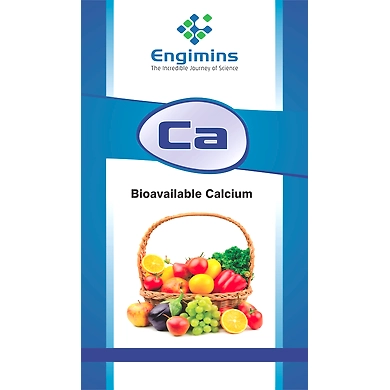ENGIMINS Ca
BrandArya Biotechnologies
-
Product is not available
-
980.00 980.00
Inclusive of all taxes
You Save: 0. Discount 0%
-
-
Since calcium mobility in plants is limited, calcium deficiency will appear in younger leaves (die back or burns) and in fruits (blossom end rot, bitter pit), because they have a very low transpiration rate. Therefore, it is necessary to have a constant supply of calcium for continued growth. Calcium is taken up through the root tips in the soil. In times of calcium demand by the plant, it may not be able to satisfy its needs by root uptake. This results in internal brown spot for potatoes, blossom end rot in tomatoes, etc.
Benefits:
Foliar addition of bioavailable Ca assures adequate nutrients for membranes, cell wall development and plant structure.
Bioavailable calcium is very important during the formation of fruit. It will help build a firmer fruit which will have a longer shelf life.
It makes lettuce or celery type crops crispier. It increases fruit firmness.
It increases fruit storage time, rapid leaf uptake and utilization.
Role of Calcium in Plants
Calcium is an essential plant nutrient. It has many roles:
1. Participates in metabolic processes of other nutrients uptake.
2. Promotes proper plant cell elongation.
3. Strengthens cell wall structure - calcium is an essential part of plant cell wall. It forms compounds which give stability to cell walls and bind cells together.
4. Participates in enzymatic and hormonal processes.
5. It ensures structural/physiological stability in the plants
It is a bio available formulation to correct calcium deficiency in all crops/soil.Minimum Order Quantity1
Accept Small Orders No
-
Reviews ()
Write a Review





